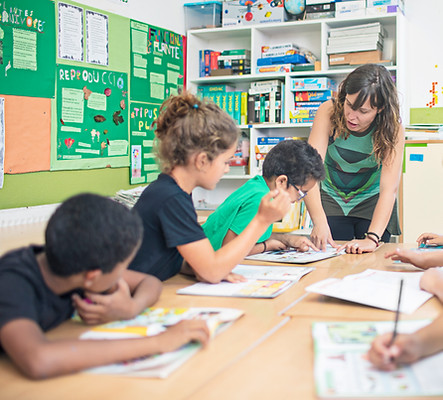

Smarter but more stressed: How the modern world is changing children
The world is changing rapidly, and so is the way that children use their brains. Technology has brought both advantages and challenges, as has urbanisation. Understanding how the modern world affects the brain can help us to support children with issues such as attention problems, stress and social difficulties.
You can hear Sam's TedTalk about modern childhood and its effects on the brain here
Learning environments and levels of stimulation
Did you know that research suggests over decorated classrooms, with lots of visual resources on the walls can actually contribute to off-task behaviour? Some types of visual materials are taxing to process and can be distracting. Classrooms with intermediate levels of stimulation are usually best for fostering self regulation. We can help you understand more about children's individual levels of arousal and how this affects their learning and behaviour, offering tips on how to create learning environments which support both neurodivergent and neurotypical learners.
Hear more about this in Gemma's seminar for The Centre of Educational Neuroscience
Early learning, self regulation and social interaction
At the Baby Development Lab we use EEG equipment that records brain activity, to learn more about how infants interact with their caregivers and develop skills like shared attention and self regulation. We investigate how social interaction develops and use eye tracking technology to explore attention.
Read more about this research here
The science behind Outdoor Learning and its benefits
How does being outside impact children's minds and bodies, and how can schools make the most of this? Do you need to do Forest School sessions, or is taking children outside for a maths lesson in the playground just as beneficial?
Research suggests that outdoor time has multiple benefits including improved attention and memory, physical development, self regulation and reduced stress. However, not all of this research is robust and reliable. We help settings understand the evidence behind outdoor learning, and in our own research, we use wearable cameras, microphones and heart rate monitors to research how being outside affects children's stress, attention and behaviour.
Read more about our other areas of expertise here
Or click here to read testimonials and see a list of organisations we've worked with










